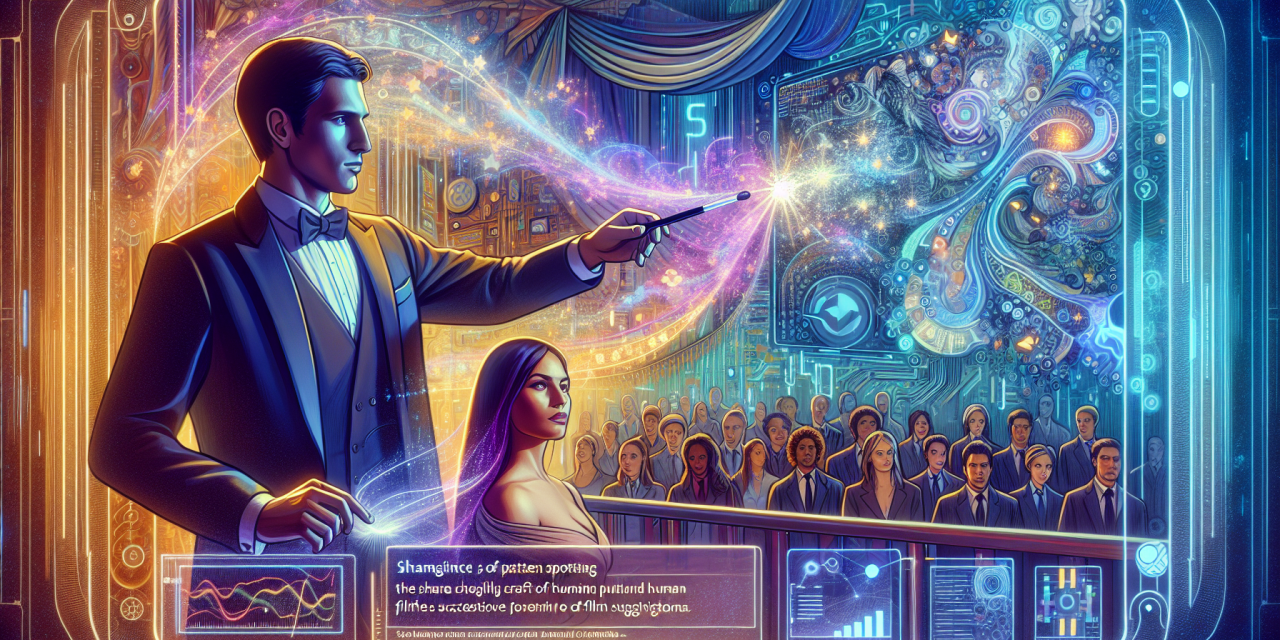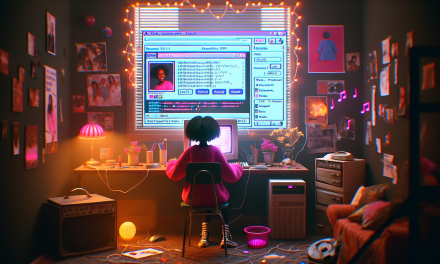Watch a master magician perform, and you’ll witness something remarkable: they’re not just manipulating cards or coins—they’re reading you. Every slight movement, every predictable response, every pattern in how audiences typically behave becomes a tool in their arsenal. Now consider a recommendation algorithm suggesting your next favourite movie. It’s doing something surprisingly similar, recognizing patterns in your viewing history, your preferences, and the choices of millions like you.
This isn’t coincidence. Both magic and powerful algorithms share the same fundamental skill: pattern recognition. They both succeed by spotting the hidden regularities that most of us miss, then using those discoveries to create something that feels impossible.
The Art of Seeing What Others Don’t
Think about the last time you were completely fooled by a magic trick. The magician seemed to read your mind, predict your choice, or make something vanish into thin air. What you experienced wasn’t supernatural—it was pattern mastery in action.
Great magicians spend years studying how people behave. They know that when asked to pick a number between 1 and 10, most people choose 7. They understand that spectators tend to look where they point, breathe differently when lying, and follow predictable eye movements when making “random” selections. These aren’t individual quirks—they’re human patterns, as reliable as gravity.
Algorithms work with the same principle, but instead of studying audience behaviour, they analyze data patterns. A spam filter doesn’t magically know which emails are junk—it recognizes patterns in language, sender behaviour, and timing that historically indicate spam. A chess algorithm doesn’t see the future—it recognizes positional patterns that typically lead to victory or defeat.
Breaking Down the Pattern Recognition Process
Whether you’re learning card magic or writing code, pattern recognition follows similar steps. First comes observation—collecting massive amounts of information. A magician watches hundreds of performances, noting how audiences react. A machine learning system processes thousands of examples, looking for common features.
Next is analysis—finding the signal within the noise. Not every audience behaviour matters, just like not every data point is meaningful. The skill lies in identifying which patterns actually predict outcomes. A magician learns that while some people fidget when nervous, others become perfectly still—but both responses reveal something useful.
Finally comes application—using recognized patterns to influence future outcomes. Once you understand that most people say “red” when asked to name a colour quickly, you can structure your trick around that knowledge. Once an algorithm learns that customers who buy mystery novels often enjoy historical fiction, it can make relevant suggestions.
The Cross-Training Effect
Here’s where things get interesting: practicing pattern recognition in one field dramatically improves your abilities in the other. Learning magic tricks trains your brain to notice subtle details, predict behaviour, and think several steps ahead—exactly the skills that make you a better programmer.
Consider misdirection, a fundamental magic principle. Magicians don’t just hide things—they guide attention deliberately, creating focus here while something crucial happens there. This translates directly to code optimization. Instead of hiding computational complexity, you learn to guide the computer’s “attention” efficiently, focusing processing power where it matters most while handling routine tasks elegantly in the background.
Similarly, debugging code teaches pattern recognition skills that improve magic performance. When hunting for bugs, you learn to trace through complex logical sequences, spot where assumptions break down, and identify the exact moment things go wrong. These same analytical skills help you understand why a trick failed, what tipped off the audience, or how to improve your presentation timing.
Practical Pattern Recognition Exercises
Want to develop your pattern recognition abilities? Start with observation games that work for both magic and coding. Spend five minutes people-watching in a café, noting patterns in how customers order, where they sit, or how they interact with technology. These same observation skills help you understand user behaviour when designing interfaces or predicting program usage.
Try learning simple card forces—magic techniques that make spectators choose the card you want while feeling completely free. The psychology behind forces mirrors how good algorithms guide users toward optimal choices while maintaining the illusion of complete control.
Practice pattern interruption by deliberately breaking your own routines. Take different routes to work, change your morning sequence, or reorganize your workspace. This flexibility training helps you spot when established patterns in your code might need disrupting—perhaps when optimizing performance or redesigning user experiences.
When Patterns Become Predictable
Both magic and algorithms face the same challenge: patterns that work too well can become their own weakness. Audiences eventually recognize common magic tricks, just like users learn to game recommendation systems or spam filters evolve to catch new patterns.
The solution in both fields involves layering patterns and staying adaptive. Great magicians don’t rely on single techniques—they stack multiple principles, creating backups for their backups. Similarly, robust algorithms combine several approaches, using ensemble methods that remain effective even when individual patterns fail.
This teaches us something crucial about pattern recognition itself: the most powerful patterns are often meta-patterns—patterns about how patterns work. Understanding when a pattern will break down, knowing how people adapt to predictable systems, and recognizing the patterns in your own pattern-recognition process.
The Deeper Connection
Perhaps the most profound similarity between magic and algorithms isn’t in recognizing patterns, but in creating experiences that feel magical despite being entirely logical. Both fields transform complex pattern recognition into moments that surprise and delight.
When you understand this connection, you realize that coding isn’t just about making computers follow instructions—it’s about orchestrating experiences, predicting needs, and creating solutions that feel effortless to use. Just like magic transforms ordinary objects into vehicles for wonder, good code transforms complex calculations into simple, elegant interactions.
The patterns are everywhere, waiting to be discovered. The question isn’t whether you can learn to see them—it’s what amazing things you’ll create once you do.








